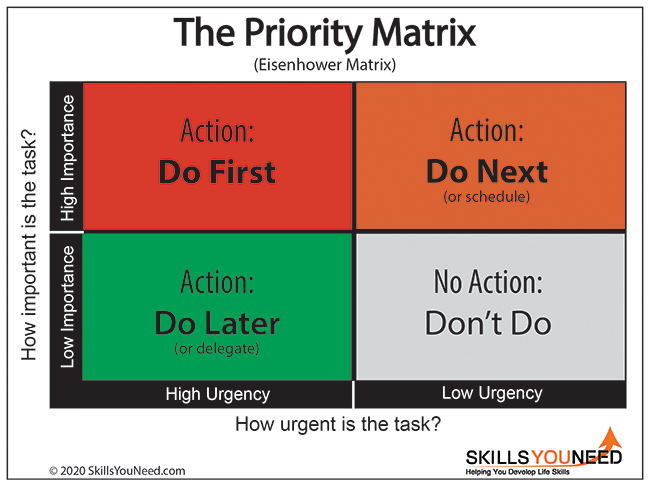As remote work becomes the new norm, maintaining a healthy work-life balance has become a challenge for many. While working from home offers flexibility and eliminates long commutes, it also blurs the line between personal and professional life. Without the clear boundaries that traditional office settings provide, remote workers may find themselves working longer hours, feeling burnt out, or struggling to switch off. This article explores practical tips for achieving a sustainable work-life balance in the remote work era.
Set Clear Boundaries
One of the most important aspects of work-life balance is setting clear boundaries between your work time and personal time. When you work from home, it can be tempting to extend your workday, answer emails late at night, or tackle one more task before bed. However, this habit can quickly lead to burnout.
- Create a dedicated workspace: Designate a specific area in your home for work, separate from where you relax or sleep. This will help you mentally switch between work mode and personal time.
- Set work hours: Stick to a regular schedule. Communicate your work hours to your team or clients and avoid working outside of these set times unless absolutely necessary.
- Use digital tools: Turn off work-related notifications after hours. Apps like Slack, Microsoft Teams, or email should have clear boundaries during personal time to avoid work intrusions.
Prioritize Time Management
Effective time management is essential when working remotely. Without the structure of a traditional office, it’s easy to lose track of time or allow work tasks to take over your day.
- Plan your day: Start each day with a clear plan. List your priorities, tasks, and breaks to ensure you’re managing your time effectively. Use time-blocking techniques to allocate specific periods for focused work, meetings, and personal activities.
- Take regular breaks: Working from home doesn’t mean you have to stay glued to your desk. Use techniques like the Pomodoro method, which encourages you to take short breaks every 25 minutes, to recharge and refocus.
- Use productivity tools: Apps like Trello, Asana, or Todoist can help you stay organized and manage your workload efficiently. By setting clear goals and deadlines, you can maintain a sense of accomplishment while avoiding work overload.

Practice Self-Care
Remote work can take a toll on your mental and physical well-being if not managed properly. Prioritizing self-care can help you stay balanced and avoid burnout.
- Exercise regularly: Physical activity boosts both mental clarity and overall well-being. Incorporate movement into your daily routine, whether it’s a quick workout, a walk around your neighborhood, or stretching exercises during breaks.
- Stay connected: Working from home can be isolating. Make an effort to stay connected with colleagues, friends, and family. Virtual meetings or casual catch-ups over video calls can help maintain a sense of community and reduce feelings of isolation.
- Set aside personal time: Make time for activities that bring you joy outside of work, whether it’s reading, cooking, or spending quality time with family. Having personal hobbies helps create balance and allows you to recharge mentally.

Learn to Disconnect
In a remote work environment, it’s easy to feel like you need to be available 24/7. However, learning to disconnect is crucial for maintaining long-term work-life balance.
- End your day with a routine: Create a ritual to signal the end of your workday. This could be as simple as shutting down your computer, tidying up your workspace, or going for a walk. These actions help you transition out of work mode and into personal time.
- Resist the urge to multitask: Avoid blurring work and personal tasks, like working on a report while watching TV. Keep work and personal time distinct to avoid mental fatigue and reduced productivity.

Conclusion
Achieving work-life balance in a remote work era requires conscious effort and discipline. By setting boundaries, managing your time effectively, practicing self-care, and learning to disconnect, you can create a healthy balance between your professional and personal life, ensuring long-term productivity and well-being.














Leave a comment